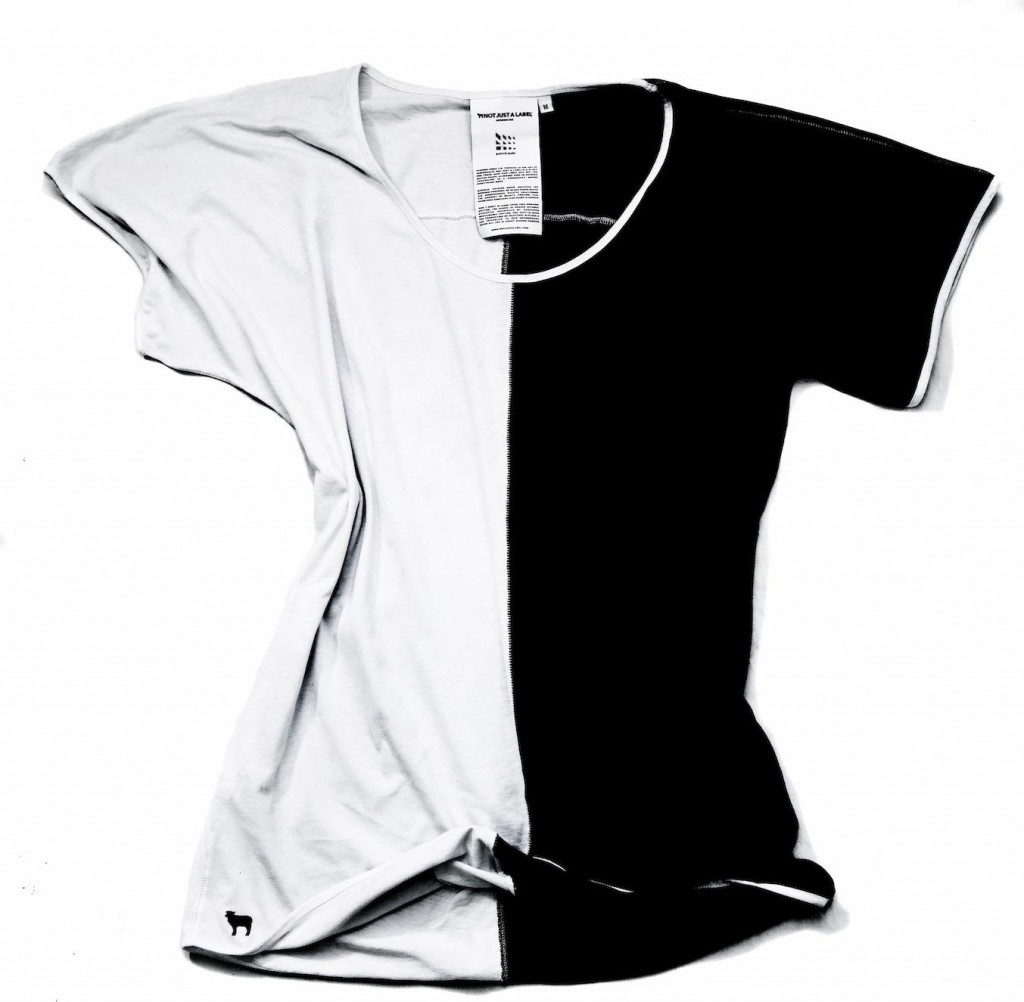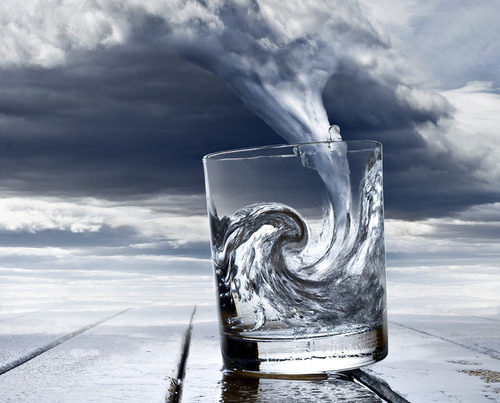We’ve all heard the fashion sayings . . . “never wear white after Labor Day” . . . “pastel colors should be worn at Easter” . . . etc. You know the traditions, but did you know they are actually based on science? The color of the clothing you wear can affect how hot or cold you feel when standing outside during the day.
The light reaching us from the Sun is known as “white light” and it is really made up of all the colors of the rainbow. Each of those light rays coming in contains energy. White materials reflect all colors away from their surface, absorbing none of the light energy. Similarly, light pastel colors reflect almost all the incoming light energy. Black materials absorb all light rays, allowing none to be reflected into our eyes. (That’s why it looks “black.”) Dark colors absorb almost all the incoming light energy.
So, you wear light colors in spring and summer to stay cool, and dark colors in the winter to stay warm. Fashion traditions are based on science! You can investigate this phenomenon with your children to prove that it works:
1. Select two t-shirts. Ideally, use one black and one white. If you don’t have black and white, use one that is as dark as possible, and one as light as possible. Also, select t-shirts that are similar in size and fabric type.
2. If possible, do the experiment outside on a warm, sunny day. Select a spot where you can lay the t-shirts out flat, side-by-side. Try not to set them on metal as this will affect the temperature.
3. If you have two similar thermometers, you can just insert a thermometer inside each t-shirt, wait for a select amount of time, and then read the thermometers. Try waiting about 15 minutes and then check for a temperature difference. Increase the time if necessary. Time will depend on the intensity of the sun that day.
4. If you only have one thermometer, try putting some water in two plastic baggies. Be sure to use the same type and size baggie, and the same amount of water. Place one of the baggies of water into each t-shirt at about the same place. Increase the time to about 30 minutes since it will take longer for the water temperature of the water to change noticeably. Be sure to check the temperature of the water in place. Bringing the water into the cool house can drop the temperature significantly while waiting to check the second bag.
To extend the experiment, especially for older children, repeat with different “medium” colors or prints to see what effect each has on temperature. You might also want to test how different types of fabric affect the absorption of light energy. Your children can then write their own “fashion rules” based on science!




